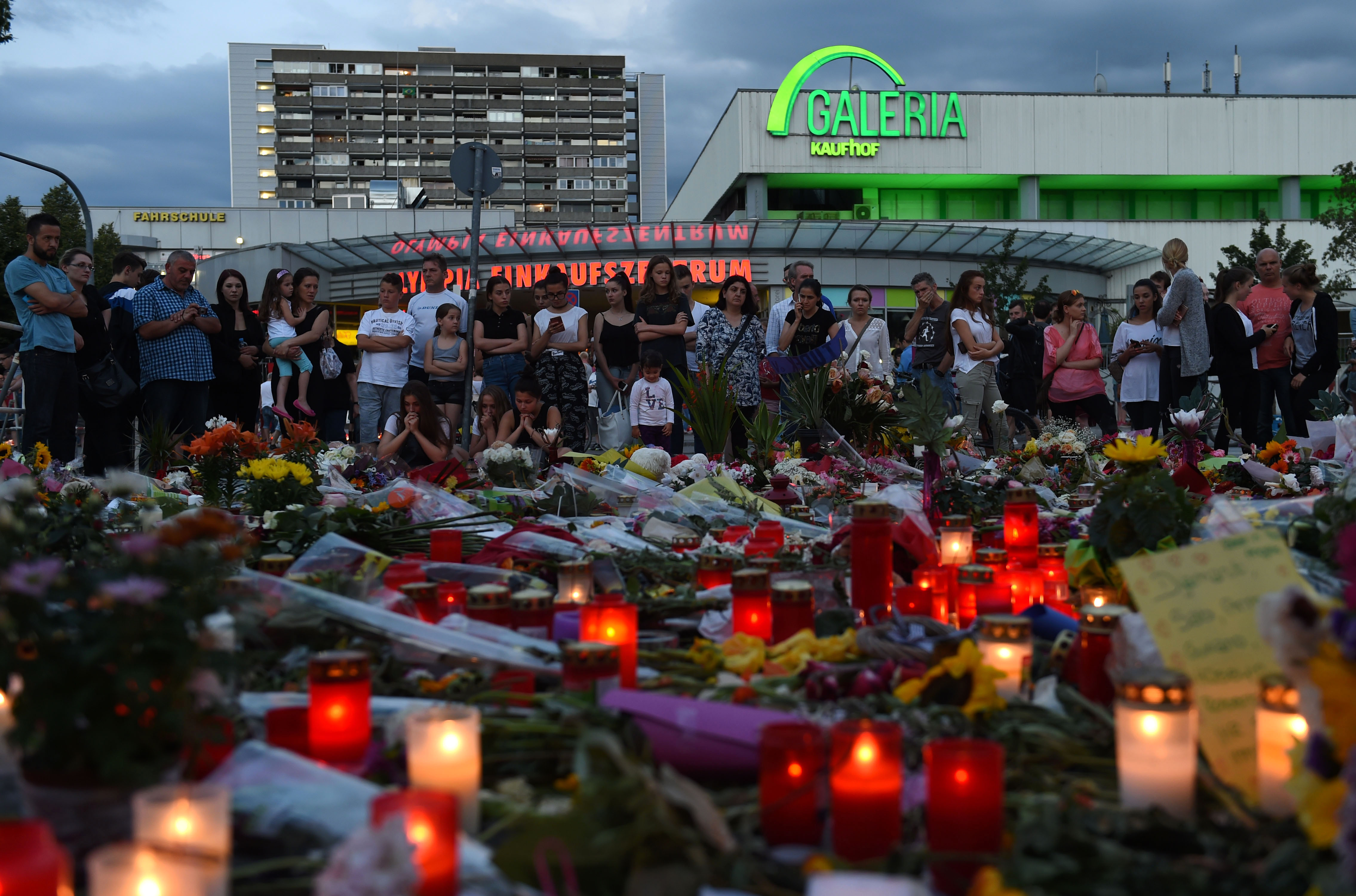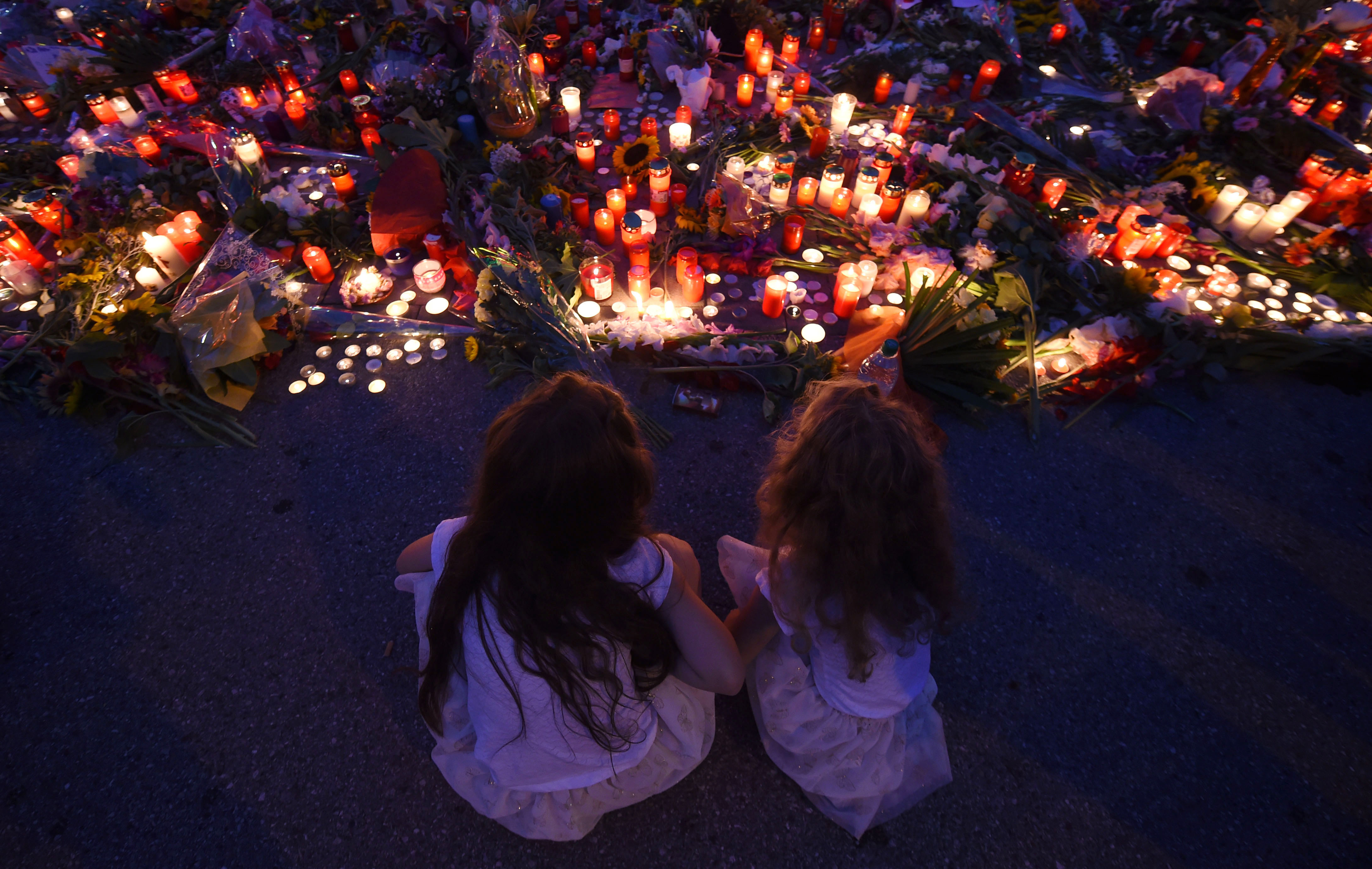Let’s rework our approach with ‘angry young people’

David Ali Sonboly killed nine people in Munich. As always, there are lessons to be learned
Published 28 July 2016
It’s an incredible feeling to connect in a meaningful way with angry young people who feel excluded, rejected and unhappy. My profession, music therapy, uses music to forge those connections, whether by drumming together as a way of expressing raw feelings that can’t be named, or writing hip-hop songs to protest an individual’s treatment by society.
Such work was brought into stark relief in Munich, when yet another angry man went on a murderous rampage before killing himself.
As someone who has worked with a lot of angry young men and written about music, violence and young people in schools, the lesson I can see is connected to proving the benefit of what we do with young people.
Many youth services rely on government funding that demands “evidence” in order to justify spending from limited budgets. That includes schools, community services and institutional care. While the idea of evidence is compelling, it technically refers to proof, ideally from randomised controlled trials, that, to summarise:
The majority of young people will be better off after they have taken part in a program than they were when they entered it.
Some of the key words and concepts underpinning this kind of phrase are actually problematic – specifically, the majority, before and after, and better off.
So let’s look at those a little more closely.
The majority
David Ali Sonboly, the 18-year-old who was inspired to shoot at strangers in his local shopping centre in Munich, and who killed himself after the attack, was the kind of young man who was probably never in the majority.
Since media reports have referred to him as having a mental illness (which is at least a better descriptor than using his racial background), I would guess he was probably isolated at school and did not fit in with the kind of stereotypical, heteronormative, cultural majority who make up the norm in a school context.
Consequently, no programs that would have benefited him would likely have been provided in his school context, because there would not be enough evidence to prove they were beneficial for the majority.
So how do you prove that by establishing a meaningful connection with an angry young man you have stopped a mass shooting? You know you have done something meaningful for them, because you feel it in your heart and bones. But you can’t prove it. In fact, you would never be so arrogant as to make such an assertion.

Before and after
“Before and after” is also problematic. The idea of “interventions” being tested in this way is based on laboratory studies for which all of the variables are carefully controlled so that the one being tested for change is the only one that had room to move.
It’s more difficult to control variables in the real world, and the kind of school-based, preventative intervention that might have made a difference in the case of the Munich shootings would probably have been a weekly group program, over a term, and the before and after would have been Week 1 of term and Week 10.
For those of us that live in the real world, it’s obvious a lot will be going on in the life of a young man between any given Week 1 and Week 10 – in addition to participation in a preventative program. So it can be hard to pick up the influence of the program amid all the noise of family, school, love and the rest of life. Yet this is what needs to be shown to fulfill the requirement of evidence.
In my field, evidence can sometimes be shown in some sub-areas, such as evidence from pre and post testing of young people in an alternative school in the UK, or a violence-prevention program in Germany. But trying to stretch to a randomised controlled trial has proven difficult, which is what the word evidence suggests, technically.
Many young people I have worked with describe multiple benefits of participation in music therapy, from empowerment to emotional release to increased confidence. But attempts to capture the benefits described in the words of young people through measures of coping and confidence have proven futile.
Better off
The idea of being better off is the last challenge. Better off by whose standards and measured by what? A challenge of providing prevention-oriented programs is that many of the young people we work with in school contexts score too high on any of the validated measures in the beginning, so it becomes impossible to achieve a significant improvement at the end because there is no further to go – a phenomenon called ceiling effects.
So that suggests we are measuring the wrong things. Switch to a participatory approach where you ask young people what is a meaningful improvement for them and you have left behind the world of evidence and moved into the realms of collaboration and partnership.
Having landed firmly in the land of young people, using technology becomes one way of forming a connection providing feedback about the value of the program.
In one music therapy PhD project at the University of Melbourne, we composed a rap to report the results back to young people via videostar, and our next step is to develop a digital platform to engage and interact with young people online about how they could be using music to feel “better”. But what we have learned through trying to use “evidence’ is that the measures of evidence don’t capture the kind of change that is important to young people, the kind of change that may have helped David Ali Sonboly.
Making a difference
I am quite sure each of us music therapy practitioners knows when we have made a difference because the young people in question soften; they begin to trust and have a good time.
The smiles on their faces, the authenticity of their communication and the pleasure we feel in sharing time with them are the evidence that we experience in practice to know that something has shifted. As a result, I am offended by the rhetoric that any change should be able to be measured and evidenced because some things simply do not fit into that frame.
And I am deeply sorry for all those whose lives have been traumatised by the actions of David Ali Sonboly and other angry men who are using violence against others as a response to their own experience of pain.
Banner image: Christoph Stache/AFP/Getty Image
